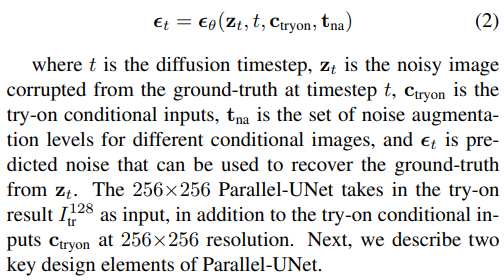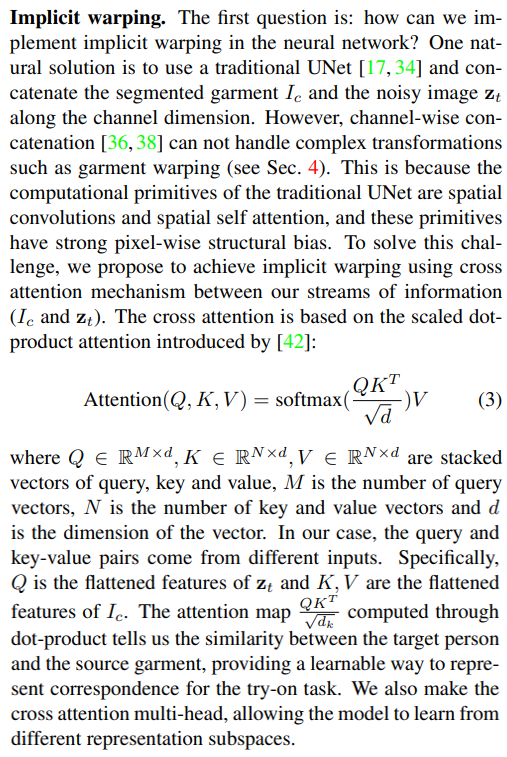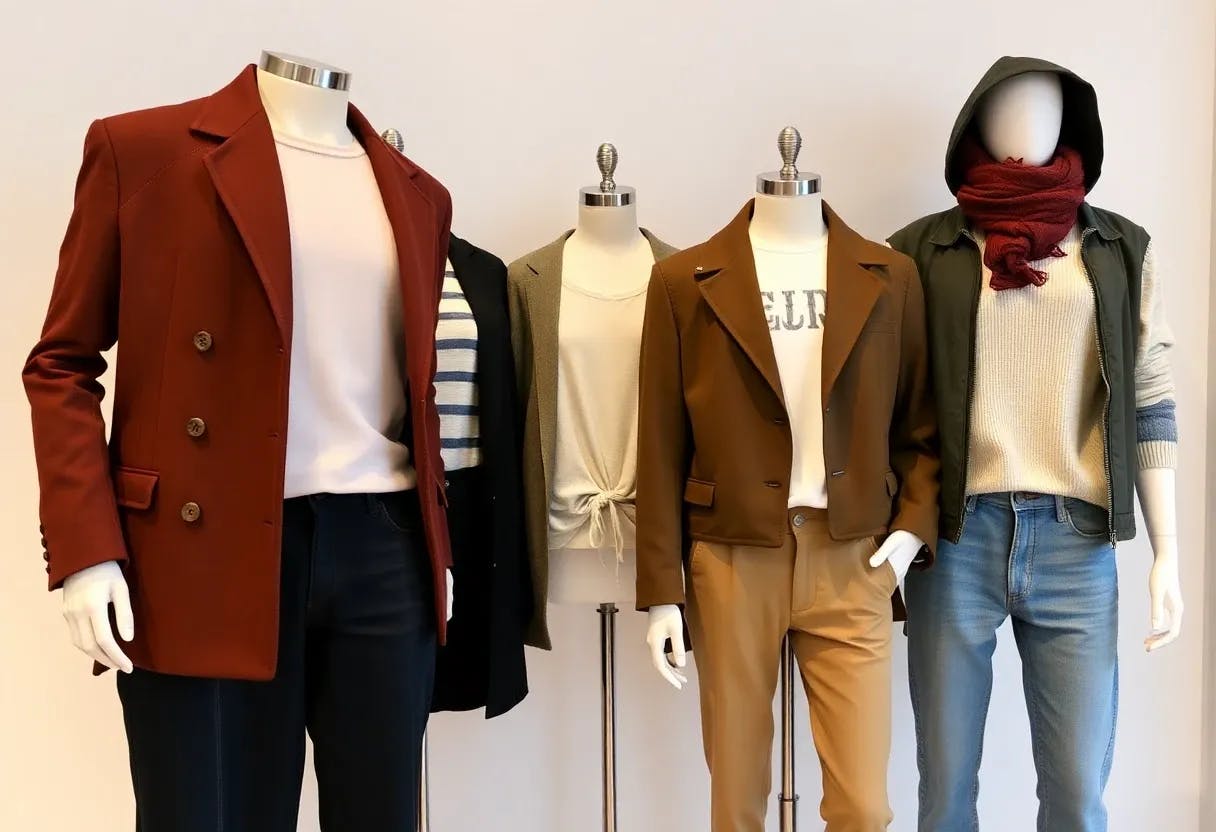Authors:
(1) Luyang Zhu, University of Washington and Google Research, and work done while the author was an intern at Google;
(2) Dawei Yang, Google Research;
(3) Tyler Zhu, Google Research;
(4) Fitsum Reda, Google Research;
(5) William Chan, Google Research;
(6) Chitwan Saharia, Google Research;
(7) Mohammad Norouzi, Google Research;
(8) Ira Kemelmacher-Shlizerman, University of Washington and Google Research.
Table of Links
3.1. Cascaded Diffusion Models for Try-On
5. Summary and Future Work and References
Appendix
3.2. Parallel-UNet
The 128×128 Parallel-UNet can be represented as


![Table 1. Quantitative comparison to 3 baselines. We compute FID and KID on our 6K test set and VITON-HD’s unpaired test set. The KID is scaled by 1000 following [22].](https://cdn.hackernoon.com/images/fWZa4tUiBGemnqQfBGgCPf9594N2-j6b303c.png)
Combining warp and blend in a single pass. Instead of warping the garment to the target body and then blending with the target person as done by prior works, we combine the two operations into a single pass. As shown in Fig. 2, we achieve it via two UNets that handle the garment and the person respectively.

This paper is available on arxiv under CC BY-NC-ND 4.0 DEED license.

